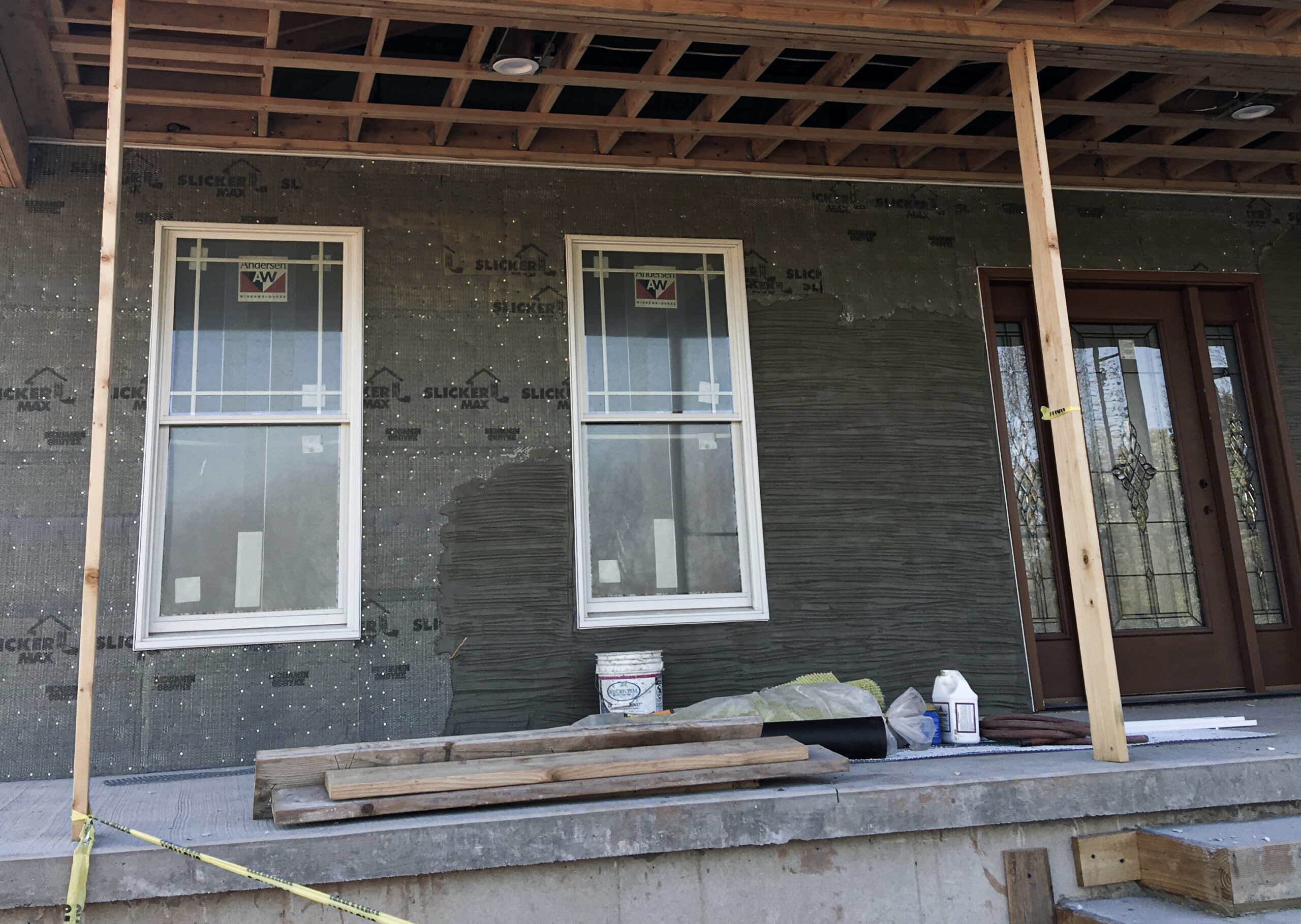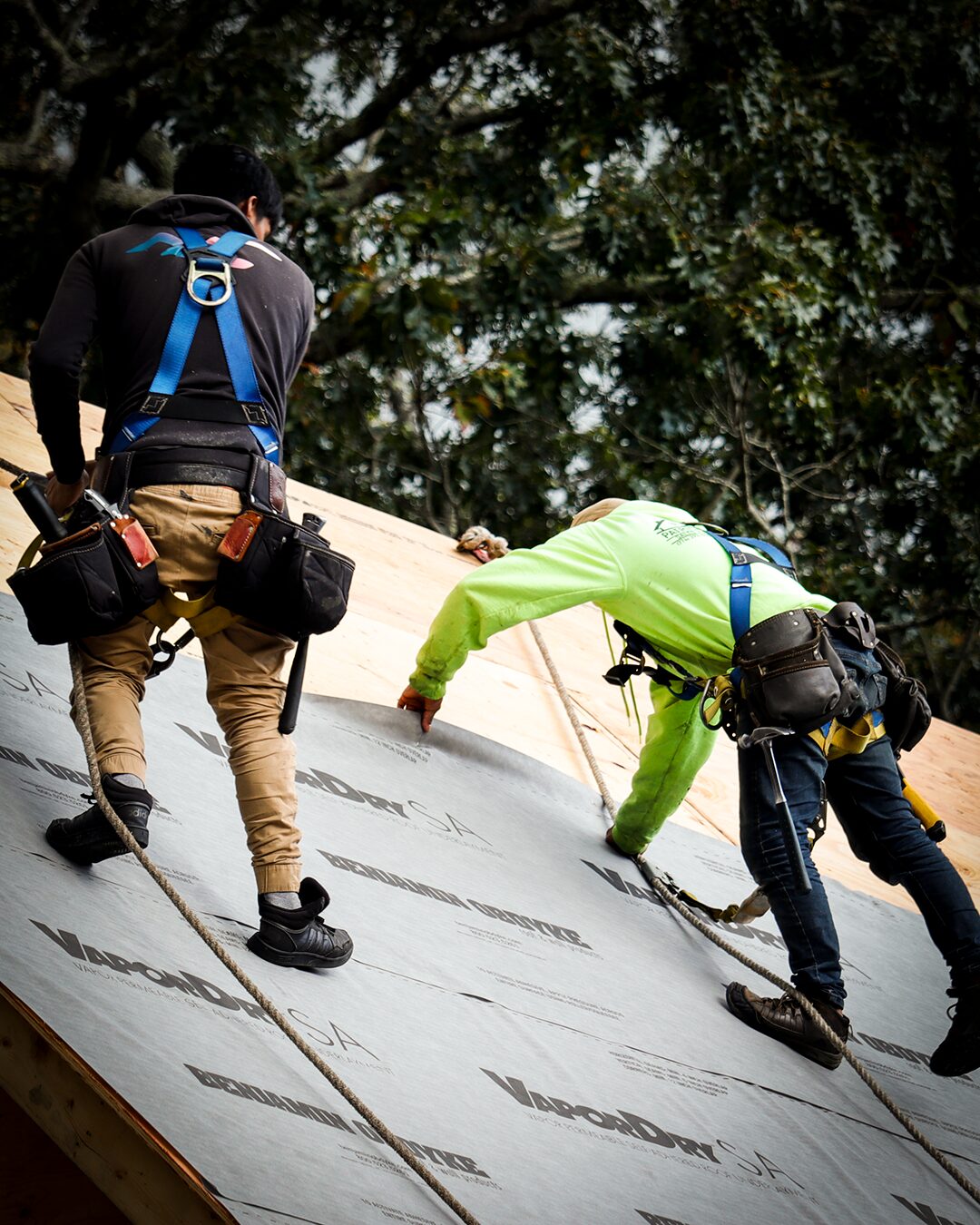While stucco problems occur for multiple reasons, the issues are mostly moisture related. Problems with stucco are also more prevalent in areas of the country with higher rainfall. Considering all of its issues, stucco itself really hasn’t changed much over the years. It’s based on Portland cement just like it always has been.

Problems with stucco are more prevalent in areas with higher rainfall due to its highly moisture absorbent nature. The higher the annual rainfall, the more at risk you are for having problems.
- If your house is located in an area of the country where the annual rainfall amount is moderate or higher then you may be at risk for problems in your wall assembly.
- Most stucco problems have to do with the ability of the wall to drain and dry rainwater that is absorbed into the wall.
- Stucco is a very porous material. While much rainwater runs off of a wall during a rain event, stucco also absorbs quite a bit of it.
- In addition, windows shed quite a bit of water into the wall system, especially at the bottom or “sill” of the window.
- Ultimately if this water is not quickly drained out of a wall, damage to the underlying materials can occur, leading to mold and structural rot.
- Advances in insulating homes in the last 20 – 30 years have had a great impact on making homes more energy efficient and less costly to heat and air condition. The downside to that is the wall can’t dry as easily as it did when homes were built “looser”.
- Older homes that were not as well insulated could dry their own walls out. In the summer when the wall got wet, the heat from the sun would dry the wall from the outside to the inside. In the winter, the heat from heating equipment inside the building would dry the walls from the inside to the outside.
The way your home was built may be a factor too. As homes become more insulated and air tight, the wall system has lost its “drying potential” and new methods are required to help the wall drain and dry. Previously the insulation used allowed for air to pass through the wall assembly which helped to dry out any moisture that was trapped. Newer insulation methods such as closed-cell spray foam do not allow this, therefore moisture remains trapped.

Slicker® Rainscreen Samples
GET YOUR FREE SLICKER® RAINSCREEN SAMPLES TODAY
Building codes and the construction market were slow to recognize this need and to adapt. It can take 7-8 years or more for these issues to show themselves. Conversely, some issues can be seen as soon as 2 years depending on the severity. Codes today try to address the problems created by wall systems where the wetting potential exceeds the drying potential and products exist to build a wall that can handle this moisture.




